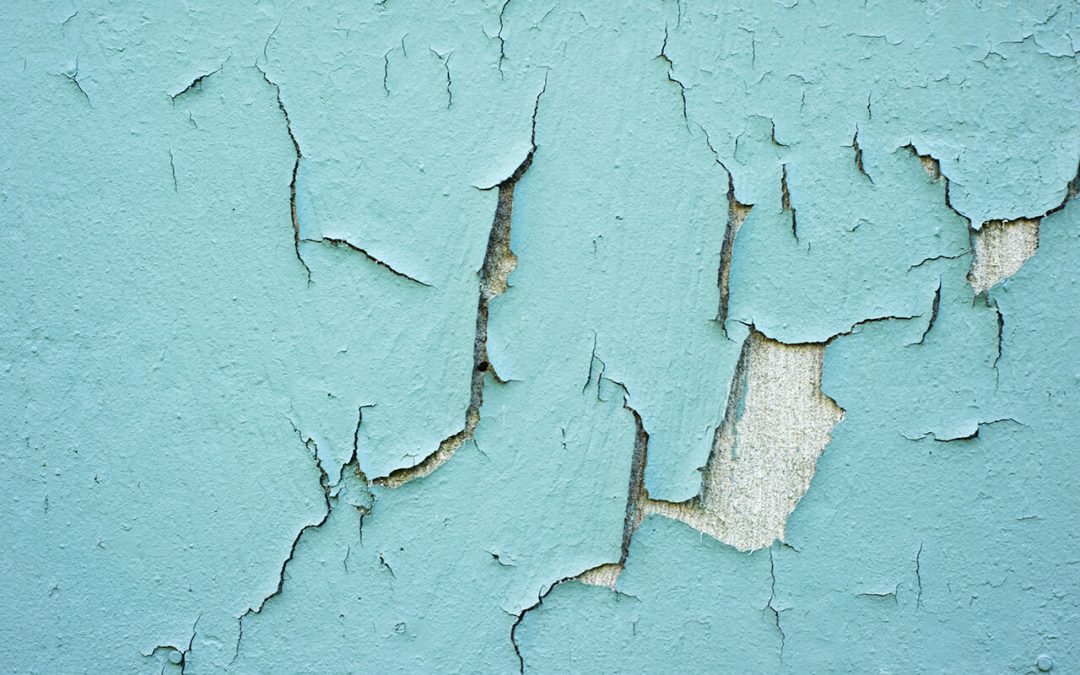When buying a home, you hope to purchase a healthy and safe property for your family. Older homes were sometimes constructed with materials that we now know are toxic, like lead-based paint. Found in some homes built before 1978, lead-based paint poses a threat to your family, especially young children. Here are a few facts about lead-based paint in the home.
Why was Lead-Based Paint Used in Homes?
Lead is an additive that makes the paint more durable. Lead additives affect the product’s color and help the paint dry quickly. Lead-based paint is also more moisture-resistant and helps prevent mold growth.
Older Homes May Have Lead Paint
Because lead paint is long-lasting, it was the paint of choice in homes for many years. It wasn’t until the late 1970s that the United States finally banned using lead paint in homes. Many older properties still have lead paint, though the original coat has likely been repainted with safer paint over the years.
Dangers of Lead-Based Paint in the Home
Generally, you can assume lead paint is safe as long as it is in good condition and not flaking or chipping. Lead poisoning happens most frequently through ingesting the paint dust or flakes, putting small children at risk. Children explore their world by touching and sometimes tasting materials around them, making paint chips a hazard.
The old paint may be disturbed if homeowners undertake home improvements or significant renovations. When lead dust is inhaled, it causes health problems. Lead paint affects the nervous system, and exposure may slow brain development in young children. It also may affect the body’s organs and cause behavior and learning disorders.
Testing for Lead
If you’re unsure about the type of paint in your home, have it tested. Hire a professional who is familiar with testing for lead paint and understands your concerns.
Mitigation of Lead-Based Paint
It is best to hire trained professionals for the mitigation of lead paint. Removing this material is hazardous and requires special equipment, including coveralls, gloves, a respirator, and eye protection. During the process, furniture must be moved or covered. The mitigation contractor will cover HVAC vents with plastic and protect your flooring from paint chips and dust during the removal.
If you live in an older home, have the paint tested. Talk to a lead-based paint professional to determine the best steps to keep your family safe.
Clarity Home Inspection provides home inspection services, including lead testing, in the northern and central regions of New Jersey. Contact us to schedule an appointment.

